Interview Patrick Kasingsing
Images Jaime Rapi, Jr.
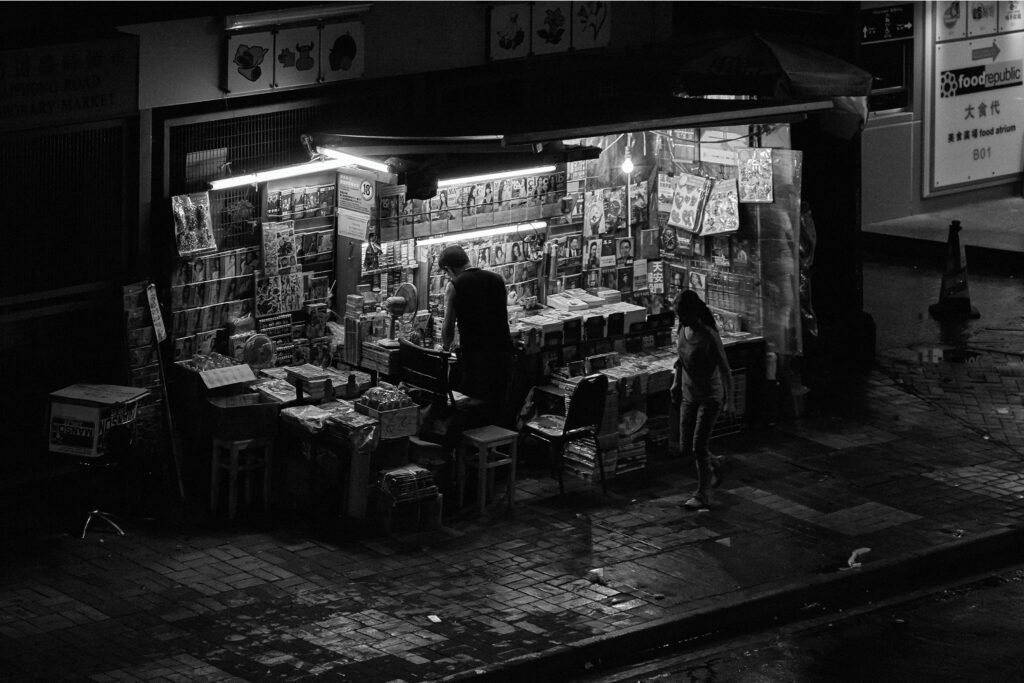

Hello! Please introduce yourself.
My name is Jaime Rapi, Jr. and I am a former brat who was humbled by my five-year stint as a photo assistant for local and foreign photographers. I’m currently in transition to becoming a full-time photographer myself.
What sparked your interest in photography? What compelled you to pick up a camera and start shooting?
My father used to own a Canon camera which he constantly used to take family photos. Whenever my father is at work, I would always sneak in his room, hold his camera, and pretend to take photos.
Your street photography shows unembellished portraits of everyday life, often rendered in black and white. What does a monochromatic lens reveal about your subjects that a colored treatment can’t?
When color is no longer a distraction, I tend to focus even more on the subject, or in the moment, and how it plays out with the light and the background.
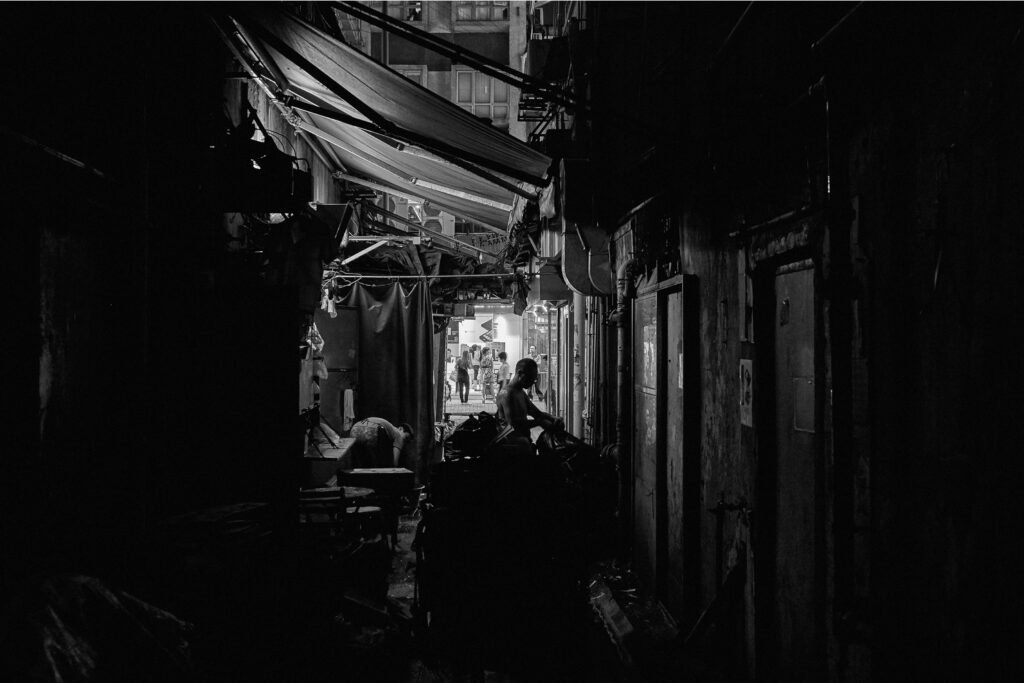

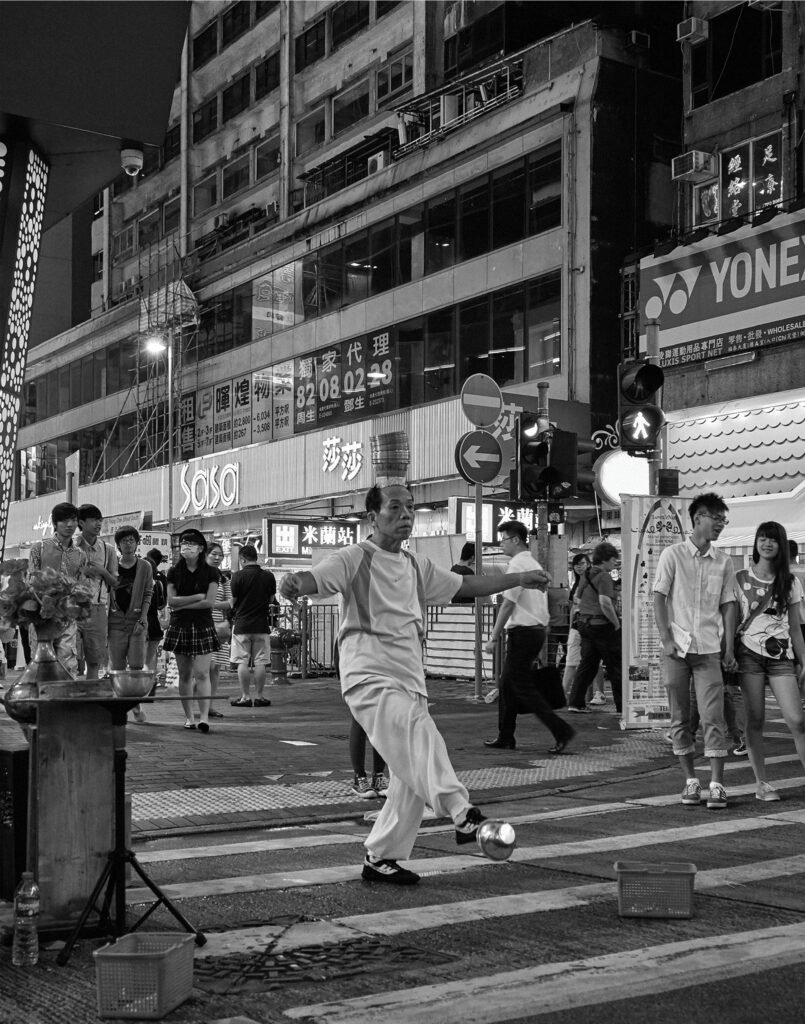

What skills or insights has street photography taught you that have proved valuable and useful to your craft?
You have to be extra aware of what’s happening around you. If you’re not observant, fleeting moments that are worth capturing will pass by in a jiffy. You need to master your camera and your metering skills. You can’t be looking down, fiddling with your camera settings, or chimping, because you could miss the decisive moment. It can interrupt your flow.
Any noteworthy anecdotes concerning a place, person, or object you’ve photographed before?
I assisted a photographer who hates being late, so much that there had been a time that we were two days early for a shoot. He misread Thursday and thought it was on a Tuesday.
Do you have a go-to imaging device?
I don’t have a preference. I didn’t own a camera for 3 years, so I kept borrowing from different people whenever I had paying assignments. But if I am shooting for the experience, I would use my old and rusty Yashica-635.
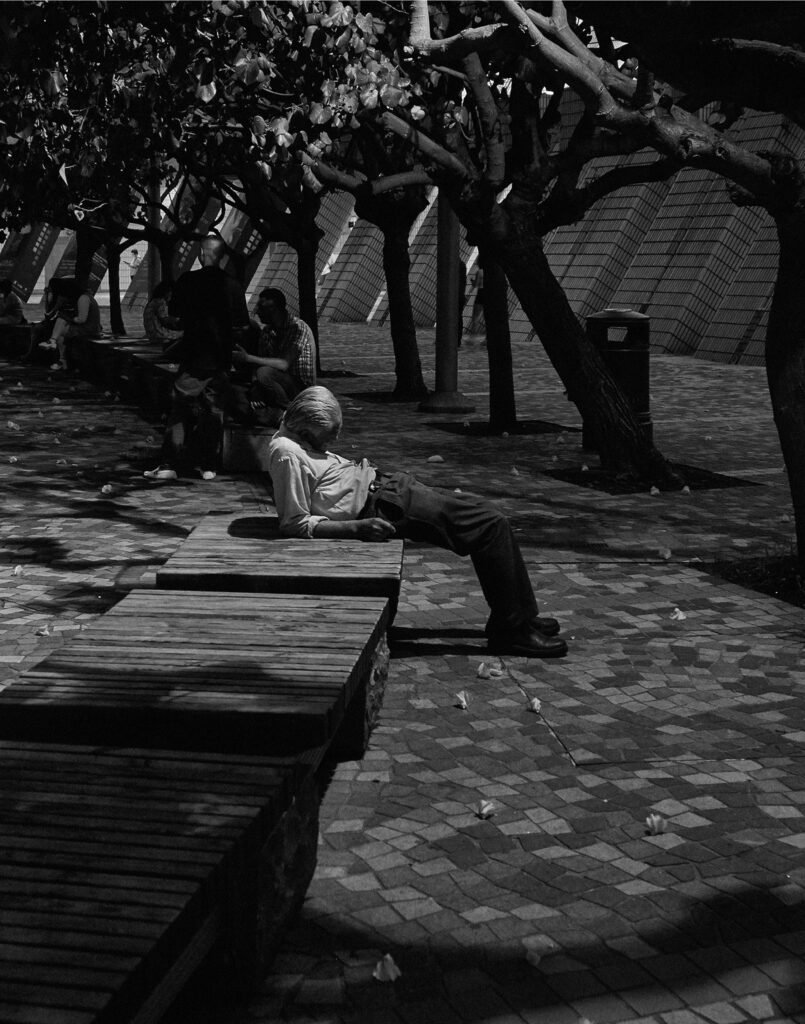
You have to be aware of what’s happening around you. If you’re not observant, fleeting moments worth capturing will pass by in a jiffy.
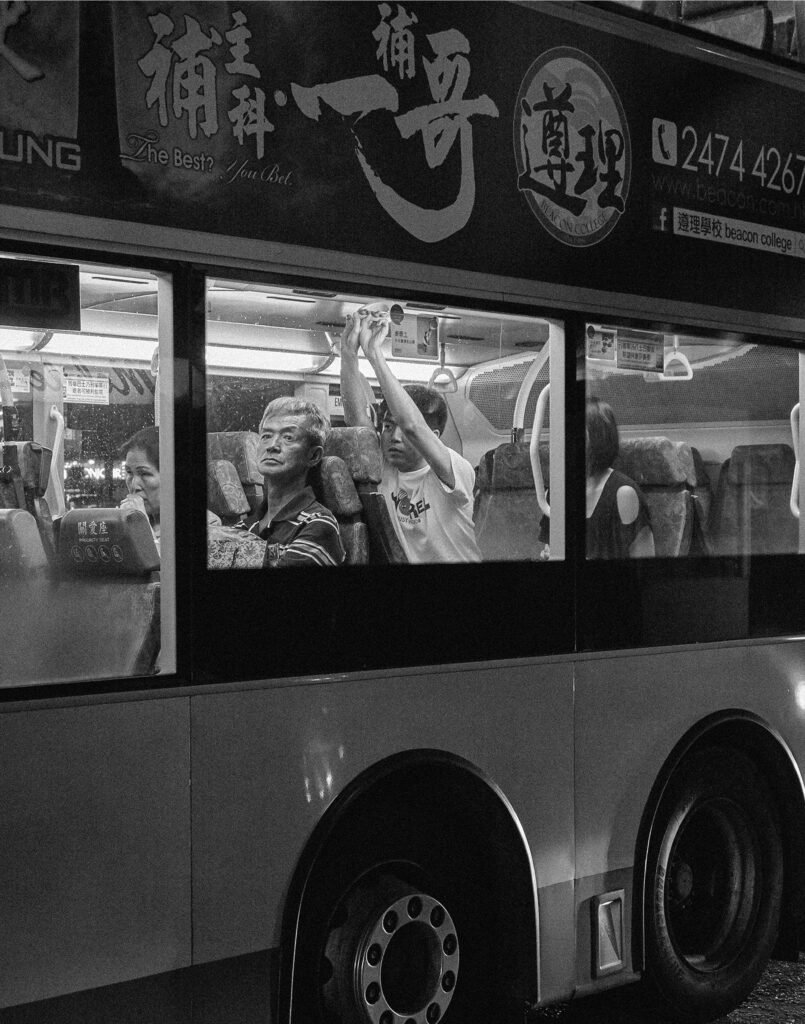

In this day and age where local heritage and history are often forgotten or discarded in the name of progress, how do you think photography can help to preserve the remnants of our past?
Now that every smartphone has a camera, I think people forget how useful a tool photography can be. It can document relevant or significant events of everyday life.
How do you think the art of street photography can help further the cause of living alongside heritage and preserving the sense of place of a certain area?
Photography can depict a nation’s cultural heritage in a different light and remind them of what they have taken for granted.
You have been an apprentice to the esteemed photographer Tom Epperson. What was it like to work alongside a luminary in local photography? And what would you say is the most important lesson you learned from the experience?
It was awesome! His impeccable work ethic never ceases to amaze me. One of the many important things I learned from him is to keep shooting personal work, no matter what the subject matter is. Shooting for yourself is a creative playground where you are free to explore your ideas without any limitations. It also keeps the passion alive, leads to more opportunities, and defines who you are as an artist. •
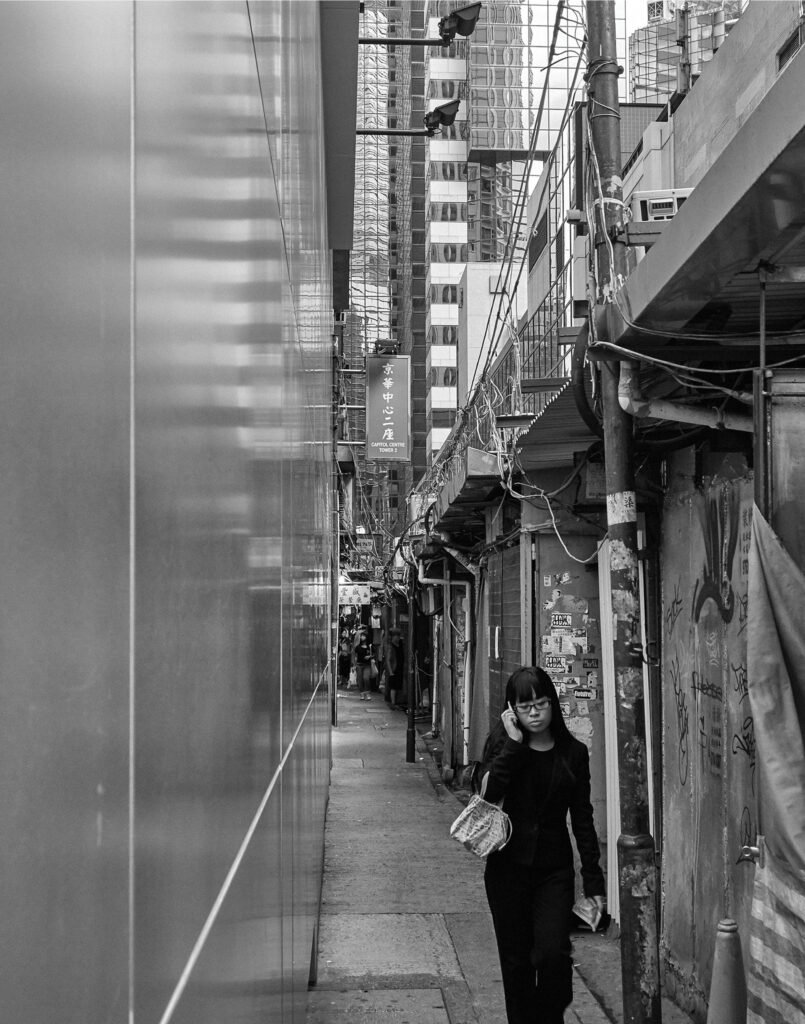



The story first appeared in the Heritage issue, released in 2016.

